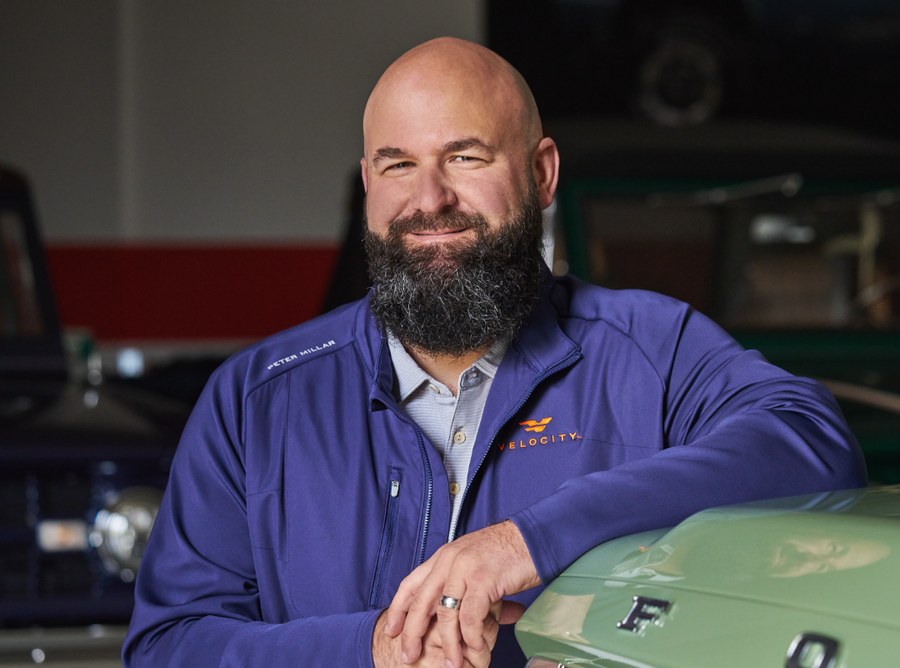NNostalgia is a feeling as old as
time. Pining for the good old days comes with every generation.
Especially today, in an age where we’re constantly being overwhelmed
with newness, where trends emerge, disappear and reemerge at the
speed of light, it’s understandable to want to keep grounded with
things and ideas that have a longer shelf life.
While an overabundance of nostalgia can be a burden, a healthy dose
of it helps us to have proper perspective on what’s important, what
inspires us, and what is meant to endure. It’s a delicate dance to
balance it all, to look forward and backward at the same time. It’s
exactly where Velocity Modern Classics thrives.
Back in 2011, Stuart Wilson was fresh out of a decade of service in
the Navy and settling back into civilian life in Pensacola. Trained
as a nuclear engineer, he was light on his mechanic skills but
confident in his ability to learn and figure things out. A
half-finished ‘76 Bronco he had sitting in his garage proved to be
the perfect jumping off point. After restoring and selling it, he
started on another, then another. Soon enough, a full-time business
was born, with a head full of steam.
Wilson understood quickly that the principles he learned in the Navy
would be essential in scaling the business to keep up with demand
while retaining the quality of those original custom builds: “Put
your mind to it, and get through it.” This steely will to get things
done, a passion for process, and an obsession to fit the best of the
old with the best of the new has propelled them to where they
are today.
From the original 600 square foot facility to now 135,000 square
feet and more than 100 team members, the company has ridden the wave
of enthusiasm for classic cars to new heights on their stellar
reputation, innovative processes and exceptional transparency. And
while they’re most associated with Ford Broncos, their reach has
extended beyond them, with the shop now offering American classics
like Mustangs, F-100 and F-250s, as well as Chevy K5 Blazers and
International Scouts.


















